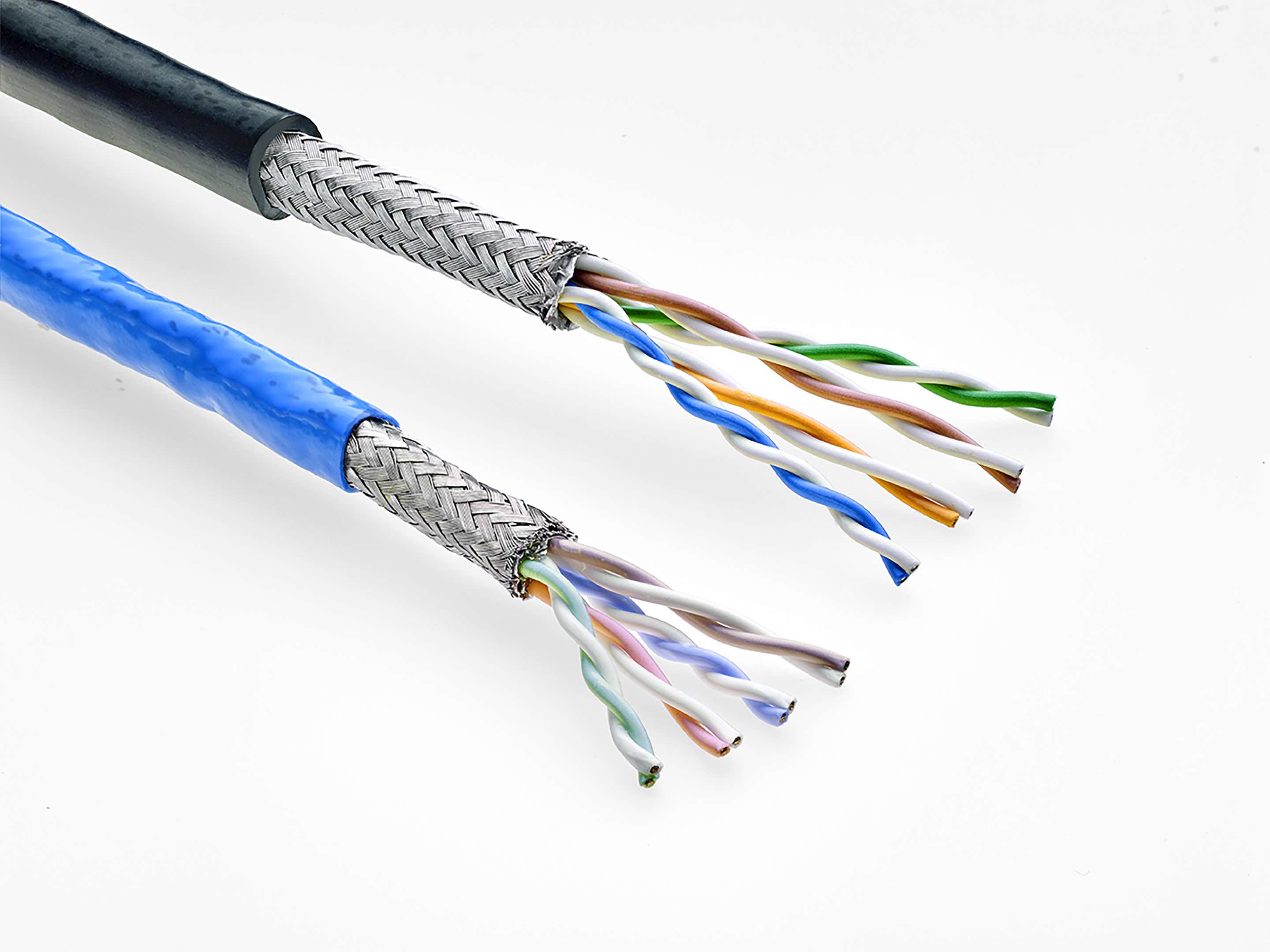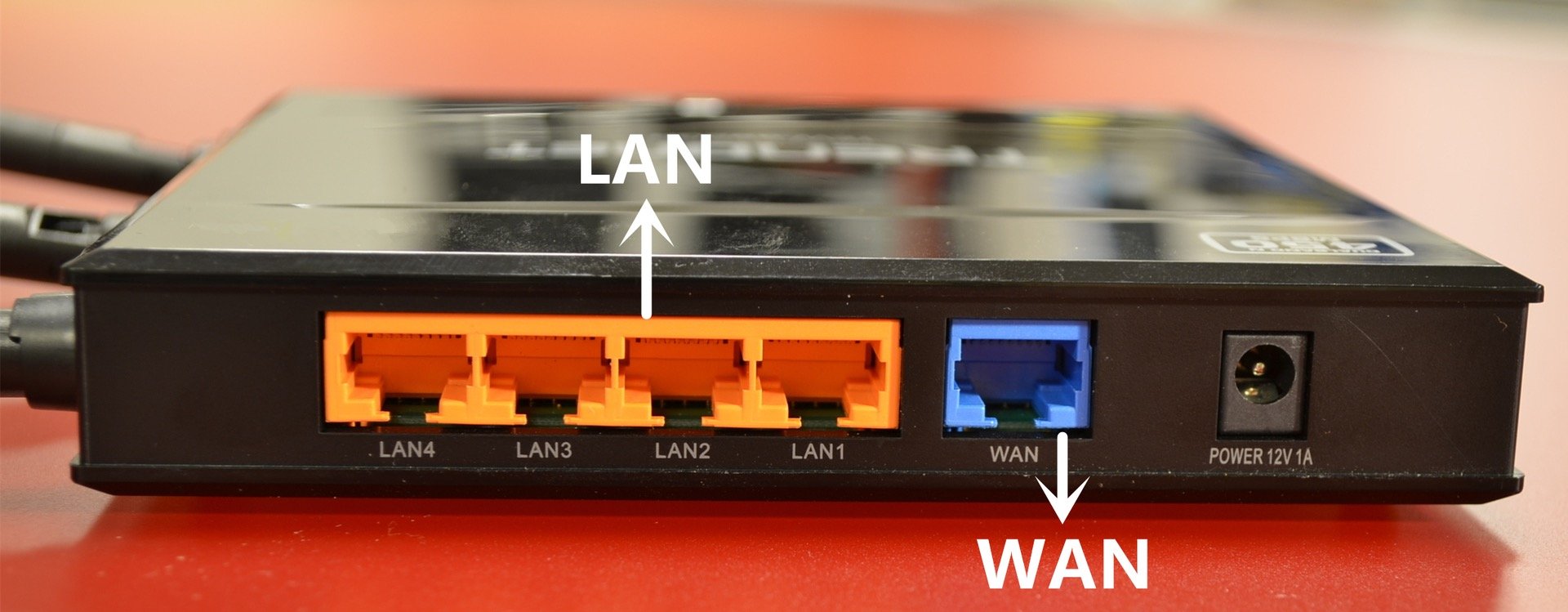This article includes a list of some common definitions for industrial networking concepts, described in simplified terms to provide a baseline understanding of the concepts.
Networking for industrial devices involves many concepts and terms that are uncommon for industrial electrical professionals. Although communication does involve electrical signals, that’s about the end of the list of similarities.
What is a Network?
This term refers to the hardware (routers, switches, cables, and devices) and addressing structure that interconnects all equipment in a small or large facility, or even remote facilities. A network can have bridges and adapters that connect different network types in one location, so the term ‘network’ is not limited to just one specific kind of connection.
A LAN or ‘Local Area Network’ is the switches, cables, and devices in one office or building. At the same time, WAN or ‘Wide Area Networks’ interconnect multiple facilities, usually through an internet connection.
Virtual Private Network (VPN)
A VPN provides an extra layer of security by encrypting all data transmitted to a device from a remote location or data server. A VPN can create a more secure web-surfing experience, but more importantly, it can prevent hacking and unauthorized access to private, secure information. If data is critical, security is critical.
Cat5/6 Cable
These standard cables are insulated, 8-conductor cables with carefully controlled twisting in each pair of two wires. Different ratings of cables provide different max data speeds and sometimes maximum lengths of cable. Choosing the proper cable is very important, and they are not just limited to Ethernet networks.

Figure 1. Raychem Cat 5e Ethernet Cable.
As a brief example comparison, look at the speed rating between wires –
Cat5 = 100 Mbits/Second
Cat6 = 1 Gbit/second
Cat7 = 10 Gbit/second
Cat8 = 40 Gbit/second
You may not need 40 Gbits per second, so Cat6 is often the likely cable for industrial applications.
Note: fiber optic cables can transmit data much faster, but these cables do not fall within the CAT rating system.
Protocol
The protocol defines the set of rules that allows all devices on the network to communicate. This is extremely important because networks must have many devices trying to communicate simultaneously without careful rules defining addresses and the structures of the packets of bits.
These allow the different routers and switches to send the data to the correct device accurately. Once it arrives, the end device must know how to translate the packet into actual, useful information and instructions.
Ethernet
In contrast to a protocol, Ethernet is, loosely defined, a ‘standard’ which provides guidelines on network limitations like speeds, number of devices on networks, the structure of data on the network, and supported device properties.
In many cases, Ethernet has also become the accepted reference to the cable itself and the twisted-pair connectors. However, technically this is just the cable that carries an Ethernet data packet or ‘frame’ using Internet Protocol (IP). It can be difficult to explicitly define the properties outlined in the Ethernet standard since different industries may have different, commonly accepted languages.
Modbus / Profibus / DeviceNet / ControlNet
Much like Ethernet, these types of standards explain how the packets of data are structured and the cable types, lengths, and speeds. They have different competing histories, so it’s reasonable to see various machines with different interfaces.
However, the Internet Protocol (IP) is increasingly common in modern networks, so you are likely to encounter many network-to-Ethernet IP bridges or adapters. That allows each unique network to be converted into one common language.
TCP/IP
Transmission Control Protocol ‘TCP’ defines the rules on how to prevent and handle collisions of multiple machines talking at the same time on a network. The Internet Protocol ‘IP’ that almost always coexists with TCP establishes the routing of addresses, networks, and gateways to allow information to reach the proper sources and report back verification when messages are received.
Remember that Ethernet defines the hardware and the structure of the frame, and then buried inside this frame is an informational data portion carrying the Modbus instructions. Therefore, we might see something like “Modbus over Ethernet TCP/IP” in a modern network.
IP Address
This address must be unique to every device on a network, consisting of 4 sets or ‘octets’ of numbers that might look 111.111.111.111. A sub-network will show every device with similar numbers for the first 2 or 3 octets, but different last numbers.
Sometimes an IP address is set within a software suite, but occasionally there may be a method of manually selecting the address with banks of selector switches. This is uncommon for IP devices because of the vast array of address bits required.
Static / Dynamic Addressing
Depending on the network, it may be helpful to establish one address that is locked to one device forever. For example, a company with a demo controller located in their facility may invite potential customers to connect and experience the demo unit before purchasing. If the device has one locked IP address, it will always be known and easy to connect.
A dynamic addressing system will distribute available addresses to any connected device that tries to log in. As long as there are enough addresses available, they can all connect. It is much more efficient, and many more devices can connect over time, although you might not know what address your computer will be assigned. Your home Wi-Fi network is almost certainly dynamically addressed.
Subnet Mask
This set of numbers prevents a network from seeing or allowing addresses that exist outside of a particular range. This allows a facility to establish which range of addresses is used for each machine center or area of the facility, for example, by creating separate sub-networks using their subnet mask.
Gateway
This set of numbers allows entry to a subnet from a larger network. It’s most likely the IP address assigned to a router that takes information from the broad WAN and sends it to the smaller LAN. For small, local networks without wider access, this gateway may not be necessary.

Figure 2. A diagram showing the difference between LAN and WAN.
Port
Many industrial network devices must have a ‘port’ assigned in the software. This port is not always a physical connector on the computer (although it can refer to the Ethernet ports visible on a switch or controller), but often rather a number that designates a particular type of communication channel.
This means that setting up a new network interface for a PLC, for example, might have an entry box for ‘Port’. If you are connecting a Modbus device, the setup instructions may ask you to use ‘Port 502’, which is reserved for Modbus applications.
FTP
File Transfer Protocol is a specific type of rule set that allows the transfer of files like text, CSV, and other simple files. In computer internetworking, the files can be large and complex. For most industrial applications, the transferred files are more likely to be used for data logging, tag sharing, parameter lists, and other smaller sets of text. Another common transfer protocol is HTTP, the hypertext transfer protocol for web services.
ASCII
This common character format isn’t technically a ‘networking’ concept. However, it’s extremely common to send small information sets between networked devices. The long name is the American Standard Code for Information Interchange, but always labeled as ASCII.
Every key on a keyboard gets a different code consisting of 7 binary bits. As long as every device uses these standard codes, you can send letters, numbers, and special characters between any devices easily – and it can be MUCH faster than using a long Ethernet data frame to transmit that small amount of info.
Copyright Statement: The content of this website is intended for personal learning purposes only. If it infringes upon your copyright, please contact us for removal. Email: admin@eleok.com
